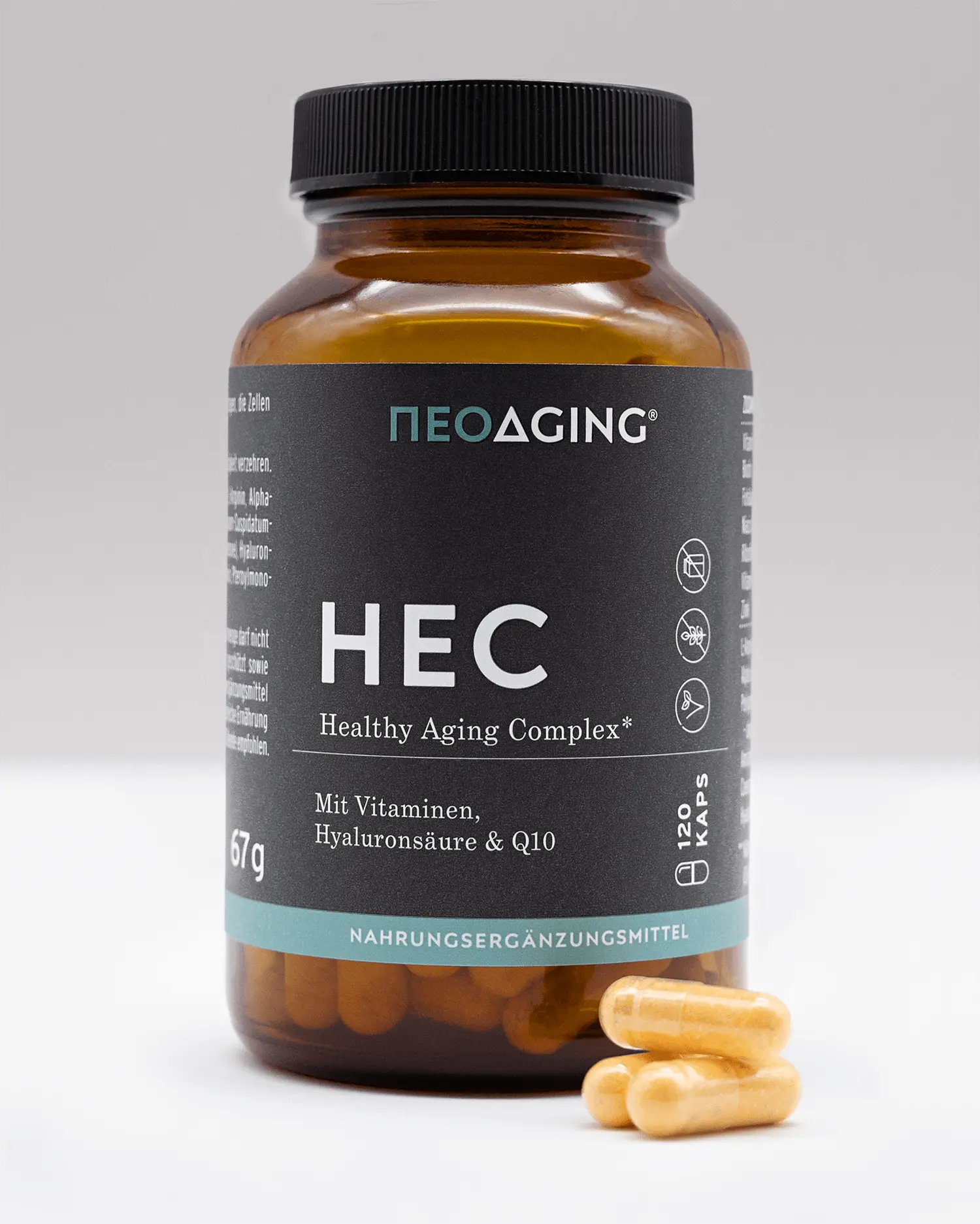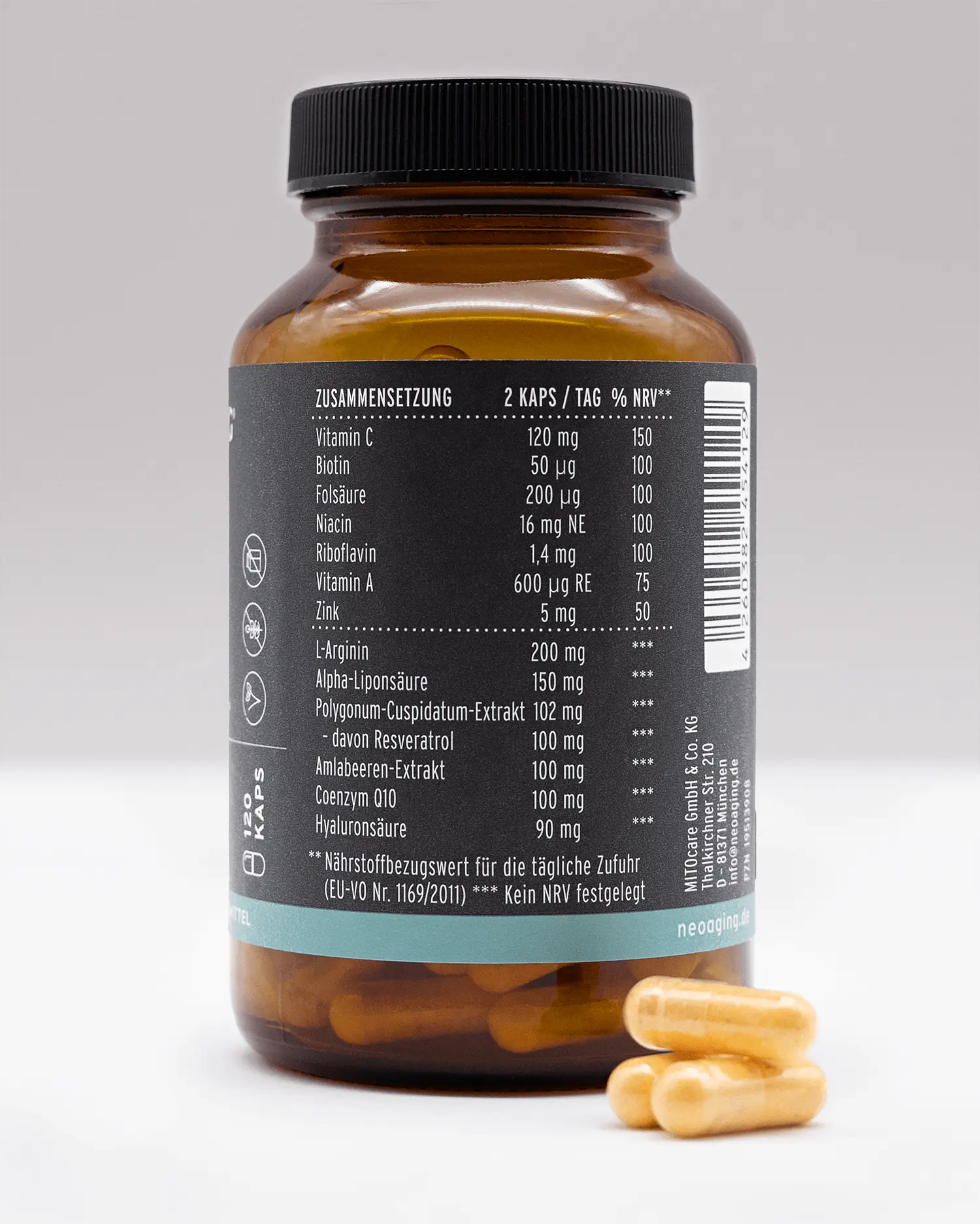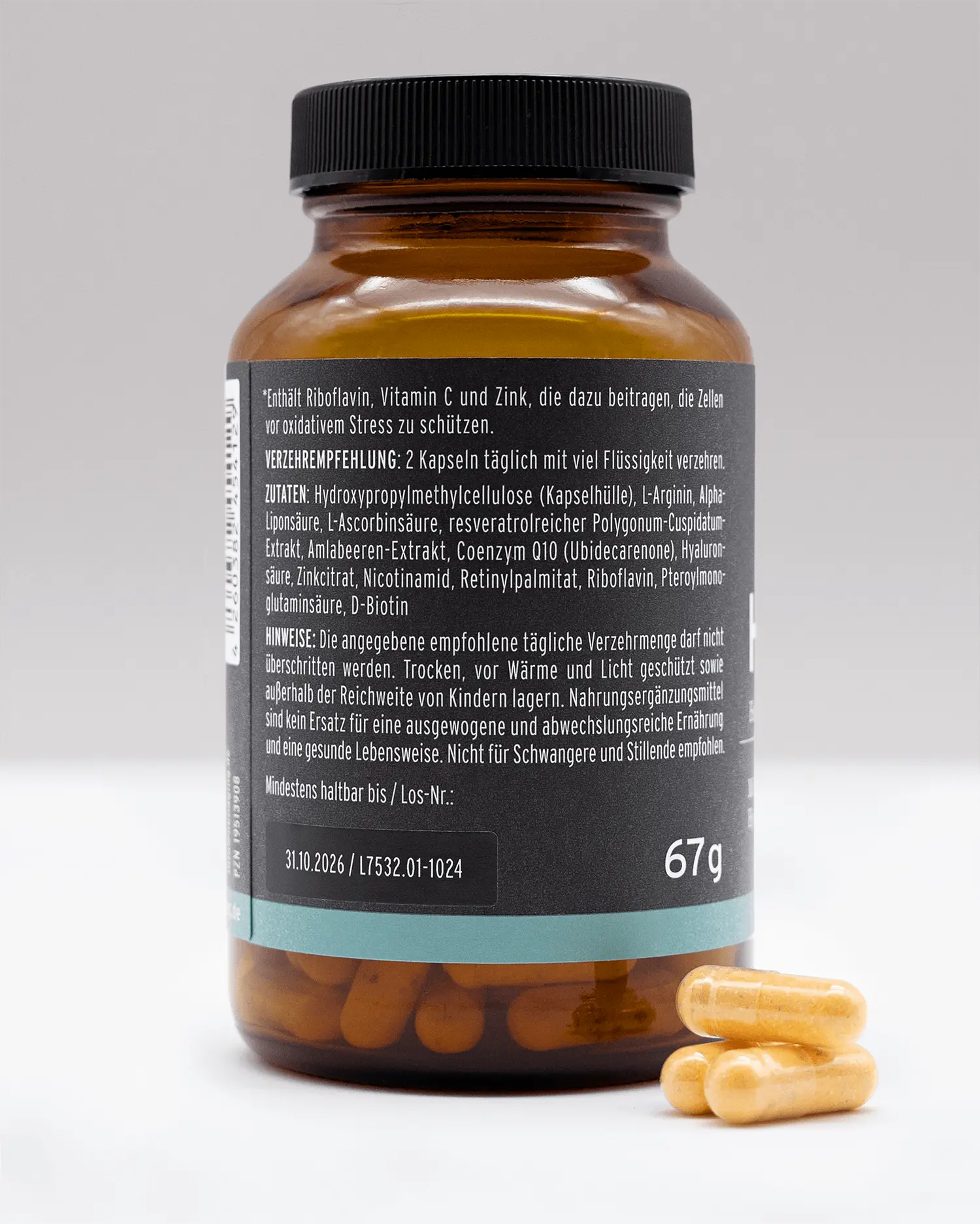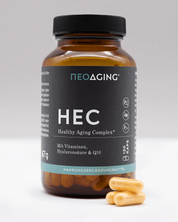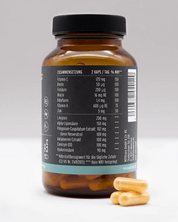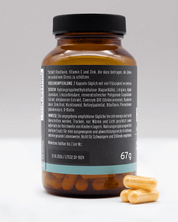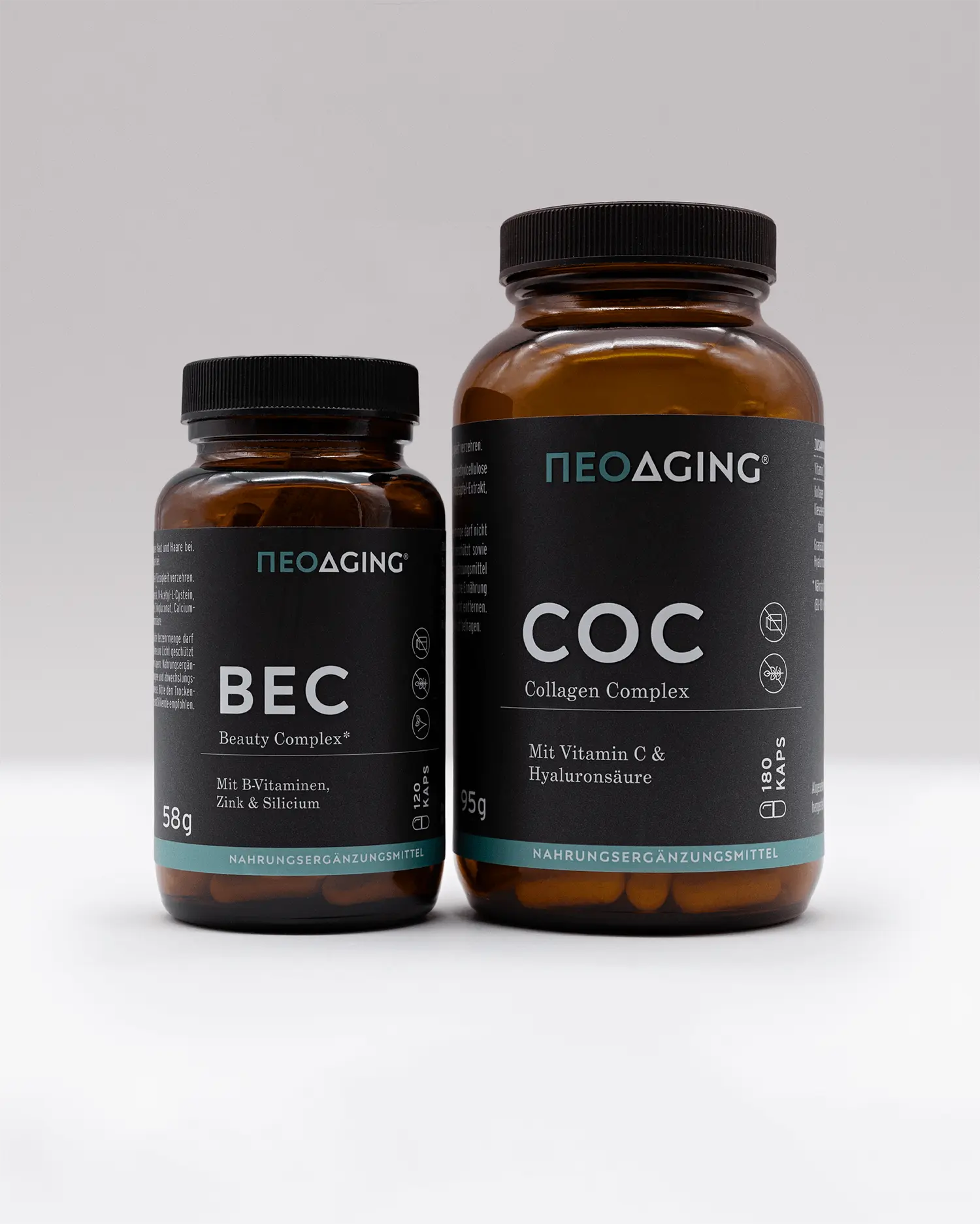Most multicellular organisms age – including humans. This refers to a biological process characterized by the progressive loss of physiological integrity.¹ This means that the older we get, the more frequently we experience ailments. This can lead to health impairments and even serious illnesses. The risk of death increases. But why exactly? Gerontologists view aging as a side effect caused by physical processes such as growth.² Accordingly, aging itself has no biological function – it seems more like a side effect of what happens in our bodies over the years.
Strictly speaking, we begin aging from birth.³ We grow and thrive, continue to develop, and at some point our bodies reach full maturity. From this point on, the actual aging process begins – and it continues to progress. However, the human aging process does not occur gradually, but in phases. As a research team from the Stanford University School of Medicine and from Singapore was able to show, there are two phases in which we age particularly rapidly: at 44 and at 60.⁴ The scientists examined blood, saliva, and other sample material from their test subjects and found that significant molecular changes occur around the 44th and 60th birthdays. Apparently, certain restructuring processes take place in the body at these times, indicating the onset or onset of pathological changes. The result: The aging process accelerates.
What's the first thing that comes to mind when you think of the human aging process? Gray hair and wrinkled skin? Sure, these physical characteristics make it easy to tell that a person is getting older. But the aging process doesn't just happen externally; it also happens internally. And cognitively, a lot also changes as we age. Let's take a closer look at what exactly happens during aging. Below, we've listed the hallmarks of aging.
The skin is our largest organ and the most visible organ. It's no wonder we notice age-related changes here most quickly. Over the course of our lives, our skin becomes looser and drier. Fine lines form, which eventually turn into deep wrinkles. The reason: skin cells renew more slowly. In addition, the effects of UV radiation become visible, for example in the form of pigment spots.⁵


